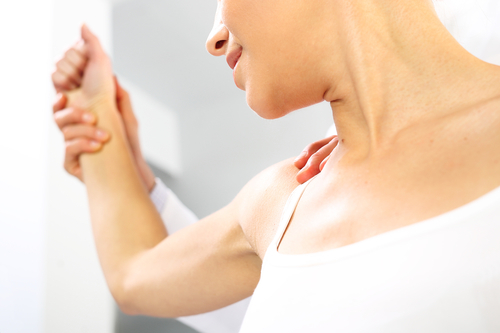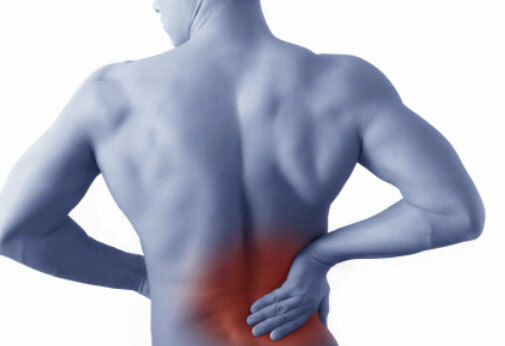
Osteoporosis is a disease of the skeletal system, in which the calcium content in the bones decreases, as a result of which the bone density becomes lower. This circumstance is fraught with an increased risk of fractures, including spontaneous ones, that is, occurring independently, under the influence of their own body weight. Most often suffer from fractures of the femoral neck, forearm bones, vertebrae. And another disappointing pattern is that women over 50 are most vulnerable to fractures due to osteoporosis.
The insidiousness of osteoporosis lies in the fact that the disease, even when it progresses intensively, does not itself detects, and pains that periodically occur in the bones are most often attributed to arthritis or sciatica. Often, women report small changes in height, but attribute them to age-related deterioration in posture. As a result, osteoporosis is only remembered when a fracture occurs, caused by a fall, unsuccessful walking, or by itself. Meanwhile, every woman needs to remember that osteoporosis is a natural consequence of hormonal changes associated with menopause.
The female sex hormones estrogens can affect bone tissue directly and indirectly. With the direct effect of estrogens, the process of bone destruction slows down, biologically active substances are activated that stimulate bone tissue regeneration. An indirect effect involves the stimulation of the production of calcitonin, a thyroid hormone responsible for the balance of calcium in bone tissue. The natural extinction of ovarian function associated with menopause is accompanied by a decrease in estrogen production, which affects bone metabolism. As a result, during and after menopause, the amount of organic and inorganic substances in the bone tissue, primarily calcium, decreases markedly and the bones become fragile.
Maintain bone health
Taking vitamins and minerals in this situation will not be a solution: the body does not experience a lack of nutrients. The problem lies in the disorders in the exchange of minerals necessary for bone tissue, associated with the natural changes in the hormonal background in the female body during menopause. Consequently, the normalization of the hormonal background will have a positive effect on the condition of the bones. To mildly reduce the symptoms of menopause, non-hormonal herbal remedies are used, for example, biologically active food supplement ESTROVEL® capsules - a complex of phytoestrogens, vitamins and microelements, the components of which act on the main manifestations menopause. ESTROVEL® contains vitamin K1 and boron, which help reduce the risk of osteoporosis.
Of course, preventive measures for osteoporosis should not be neglected. A balanced diet with a predominance of calcium-rich foods plays an important role. This trace element is found in large quantities not only in dairy products, but also in fish, celery, and herbs. It is recommended to quit smoking, coffee, soda water. Prevention of osteoporosis does not imply giving up physical activity, on the contrary, yoga is recommended or special gymnastics, but one should refrain from sudden body movements that can provoke fractures. Swimming, walking is also very useful for the female body in a difficult period of menopause. There is an additional benefit from walking in the fresh air: in the skin under the influence of the sun the production of vitamin D, a direct participant in the process of calcium metabolism in the body.
Osteoporosis is a dangerous consequence of menopause, which does not mean that bone fractures are inevitable after menopause. A healthy lifestyle and hormonal harmonization will help maintain healthy bone tissue.
Irina Martirosova, gynecologist-endocrinologist, Scientific Advisory Diagnostic Center, Research Institute of Epidemiology, St. Moscow



